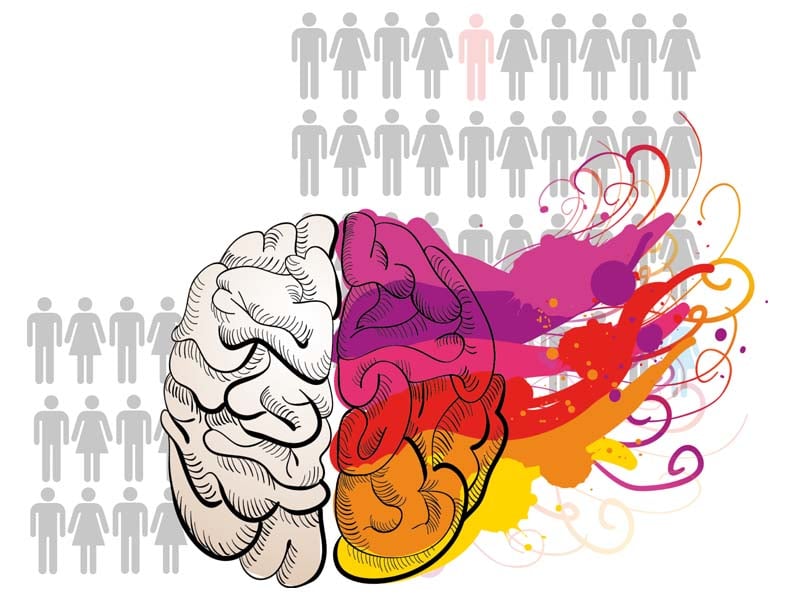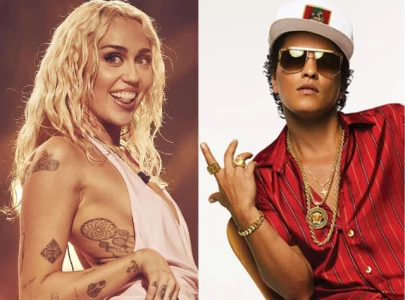
The question that arises, however, is who this industry is willing to take within its folds. If we can claim that the Pakistani audience is thronging to cinemas to watch locally-produced films, can we also conclude that these films are being made not only by a specific (read elite) class or do all sections of the society play a part in this process?
This chasm between class and culture has been raging internationally for quite a while. Over in the UK, actor James McAvoy is the latest to join a number of other British actors like Helen Mirren, Judi Dench and Sir Ian McKellen to speak about the matter. “Acting is becoming an elite activity,” James said in a recent interview with newspaper The Herald of Scotland. One can attribute this to the ever-existing class system of the UK simply being reflected in its art scene but traces of this clash can now be found in the US as well. The changing economic structure in America has meant that more and more artists with stable, supportive and privileged backgrounds seem to be gaining control of the entertainment industry. But how does this bode for the upcoming Pakistani artist?

According to independent musician Zia Zaidi, whose album Dead City Dreamer was a self-financed, solo project, art forms like music are limited to certain economic classes. The lead bassist for the band E-Sharp, Zia draws on his own experience of having been involved in the music industry for a while and says, “Music here is basically the pursuit of either the upper or the extreme lower class. Instruments and recording equipment are extremely expensive, which means that this is a hobby few people can afford.” According to Zia, musicians hailing from the lower-income bracket are merely folk artists whose talents are used for publicity rather than for art. This leaves middle-class musicians – who are too rich to become gimmicks and too poor to finance their own music – high and dry.
Nonetheless, Zia still maintains, “Adversity breeds some of the most extraordinary art.” He believes penny-pinching middle-class musicians are creating incredible music. A lot of youngsters hoping to make an impact in Pakistan’s cultural industry seem to agree with Zia and an astonishing number are actually pursuing their respective dreams. The rise of different theatre groups, performance art academies like National Academy of Performing Arts (Napa), music and drama events such as the Lahore Music Meet 2015 and art galleries like Gallery Louvre and Canvas Gallery have given them more platforms to express their creativity. But is this younger generation of artists and spectators more willing to listen, watch and respect all forms of art, no matter what the source?
Babar Ali, a student of visual studies at the Karachi University (KU), has a more positive approach to local art than Zia. Currently involved in the documentary ‘I am Karachi’ as part of ZAHRSSS Productions, Babar claims that belonging to a certain social class isn’t as limiting as one might believe when it comes to art. “It’s not necessary to be privileged to make it in the arts,” he says. “I have been at National College of Arts in Lahore and now I’m in KU but there has never been any discrimination within both universities amongst the students. Perhaps social class matters more out there in the professional world, but everyone faces some problems or the other there.” Speaking from personal experience, Babar shares the story of visually-impaired student, Ali Khan Tareen, who made it big as a radio-jockey. “It doesn’t matter where you stand financially. People with problems can create amazing things,” Babar adds.
This notion is challenged by the fact that only a certain class of students are enrolling in art schools. After all, if art belongs to everyone then surely we should all be able to afford, learn and benefit from the experience and tutelage of learned professors. But Umair Saeed, Registrar at Karachi’s Indus Valley School of Art and Architecture, shuns the idea of elitism completely. “Maybe a vast majority of our students do come from Karachi’s posh areas but the idea that they are coming from a specific background isn’t true,” he shares. “We have students from different neighbourhoods and even offer a strong financial scheme, as part of our greater outreach programme to help them.” But does this safeguard the students against discrimination in the professional world? “Our students have very good aesthetics. I don’t know whether employers discriminate against economic backgrounds but our application process speaks for itself.” Umair further shares that in instances where the syllabi calls for particular equipment (such as DSLR cameras) which is generally expensive, students are encouraged to organise fund-raising programmes to facilitate themselves. Many students also acquire sponsors for whom they work post-graduation.

The union of class and culture is an interesting take on art by those like Frieha Altaf who have already established a name for themselves within the industry. Frieha’s experience as a former model, fashion choreographer and current CEO of Catwalk Event Management and Productions has taught her that social status has little relevance against talent and professionalism. “Most artists we see now hail from middle-class backgrounds,” she says. Frieha gives the example of Hyderabad-born painter Imran Qureshi who painted a nearly 8,000 square feet mural on the roof of New York’s Metropolitan Museum of Art in 2013.“The thing is, you do have to be educated to a certain degree but a lot of upcoming artists are not necessarily rich people,” she explains. “They are still making a mark for themselves.”
According to Frieha, the Internet has revolutionised art forever. “Exposure matters a lot but nowadays, one can easily get things from the Internet without having to travel at all! We have more access to the world.” She also suggests that education is necessary, especially in art and fashion. “With music, if you can sing well, you can get some recognition,” explains Frieha. “For example, we have the singer Reshma who used to be a gypsy woman and then there is Saeen Zahoor. In other fields, however, you don’t have to be rich but at least a little education is required.”
Of course, arts and culture in Pakistan is constantly under threat of fluctuating socio-economic conditions and uncertainty, much like every other aspect of life in the country. In fact, here it has long been considered the domain of those who cannot identify with society’s constrictive moulds. Therefore, it is up to those already in the field or yearning to get in to open it up for everyone to fit in, irrespective of social standing or economic background. At the end of the day, art should imitate life. What we need is a valiant effort to show that art, as in life, can learn to accept all kinds of people.

Published in The Express Tribune, Ms T, April 12th, 2015.

















COMMENTS
Comments are moderated and generally will be posted if they are on-topic and not abusive.
For more information, please see our Comments FAQ